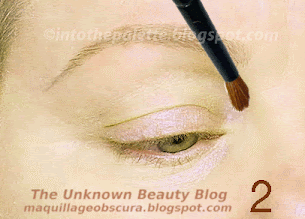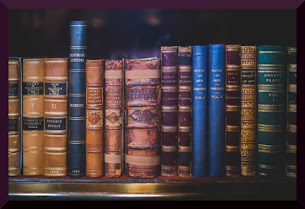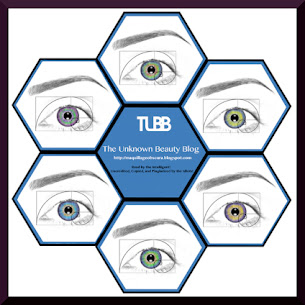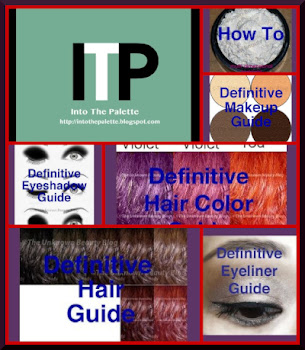Sanitary brushes and clean brushes are very important for the regular makeup consumer and more important for the makeup artist. Germs can easily be spread by using the same dirty brush on several clients, or what almost made me throw up in my mouth-using the mascara applicator straight from the container on several clients (models). "Don't worry," she said, "I throw it away after three months." EWWWWW! (Disposable mascara wands are sold for a reason.)
I usually use two items to wash makeup brushes: 99% isopropyl alcohol and Ivory dish detergent. 99% isopropyl alcohol can be found practically anywhere. I buy mine at the grocery store of all places but have seen it at Target, Walgreens, and CVS. The higher the alcohol content-faster the drying time. Ivory dish soap I buy in the large container because I not only use it for my brushes but refill my dish soap pump and clean dishes. Some of you may be cringing at the thought of using these two items on such chi chi brushes as Dior, Shu Uemura, Giorgio Armani, etc. Hey, I washed brushes with dish soap for ages and my Shu brush which is over 22 years old is still going strong. Besides, when I started using makeup brushes back in the late 70's (which alone were hard to find), there weren't any makeup brush cleaners.
There are some items I won't use on a makeup brush to clean them which is oil and hair conditioner. This is my preference and I will tell you why I won't use them.
Oil is oil, just makes the brushes all oily. Lipstick, concealers, foundations and other creamy and oily stuff is easily removed with alcohol. If I dipped my brushes in oil to remove the oily colors, then washing off the oil would be a big pain. I also know that some of that oily residue is left and you start complaining about the hair feeling greasy.
Conditioner is great for YOUR hair but for makeup brushes you are just coating it which could interfere with the application in makeup. The hair in makeup brushes have all been disconnected from a living membrane, there is no blood supply to grow the hair. They are makeup brushes and not the hair on your head. You don't color it, curl it, straighten it, crimp it, etc. If your brush hairs have split ends, then you either had nothing to do and played with the straightening iron too much or the animal had unhealthy hair to begin with!
What is important especially if you are a makeup artist or for that matter just the "normal"(<---LOL) everyday makeup junkie is to have your brushes as clean as possible so application of products will be clean and easy. The following pictures will show you step by step how to clean your brushes.
Here, are my dirty brushes. I chose a synthetic brush, animal hair eyeshadow brush, and an animal hair powder brush. You can see that my synthetic brush is coated with lipstick (can be concealer and other creamy stuff), the eyeshadow brush also has lipstick for purposes of demonstration-you could have cream eyeshadow or concealer on it; and the powder brush which is coated with bits of foundation and powder and probably skin cells. If you blow on the brush then some of your dried up saliva! (Gross!)
Sanitizing or Pre Washing of Brushes
I start off with the 99% alcohol because it will take off the initial color and stuff off the brush making it easier to wash. Fill a cup, jar, or bowl with enough alcohol to thoroughly saturate the hair and to swish the brush around. With any liquid make sure you don't go past the ferrule or let it soak into the handle. The handle will swell and will cause cracking when it shrinks (dries). I show the various brushes dipped in the alcohol. The powder brush, eyeshadow brush, and synthetic brush all go through the same steps.
- 1 - The dirty brush.
- 2 & 3 - Allow the alcohol to soak and swish around.
- 4 - Remove. (See how dirty the alcohol is!)
- 5 - Blot excess alcohol.
- 6 - Sanitized brush.
With the synthetic you can see there is some residue left. Synthetics are hard to clean but can also be looking like new. This is where the Ivory dish soap comes in.
Washing Brushes
I usually put two squirts into my bowl and fill it with enough water to soak the hair of the brush carefully avoiding the handle. Mix the soap with the water.
Washing Synthetic Brushes
Generally, this applies for any brush of any hair that has oily and creamy residue like lipstick, concealer, foundation, and cream products. Sometimes just a quick dip in soapy water and rinsing will get the job done.
- 7 & 8 - But in this case there is still some color left.
- 9 - Just apply a drop of the Ivory dish soap straight onto the hair.
- 10 - Work the soap into the hair by rubbing the hair between the fingers.
- 11 - You see how the bubbles are colored. The soap is removing what has been left.
- 12 - The brush is clean. All is needed is to rinse until the soapy water runs clean and blot the water out.
Animal Hair Type Brushes
For hair type brushes if there is oily residue still left then the same method as the synthetic brush would be used. Sometimes, as in this case, the alcohol alone removed the color.
- 13 & 14 - I dip and swish the eyeshadow brush in the soapy water being careful not to go past the ferrule.
- 15 - Dipping the powder brush.
- 16 - Since the powder brush soaks up so much water and soap, I gently rub the hairs in my cupped hand under running water to remove the soap.
- 17 - Water runs clean, no more soap bubbles.
- 18 - Blot excess water out. (Not shown but same done with the eyeshadow brush.)
See they are gleaming with cleanliness! You don't see any of the red lipstick on the synthetic brush at all!
Just A Little Note
Sometimes, when I want to use the same eyeshadow brush that has been dipped in a cream product and would like to use it on a different colored cream product; I will have a little jar with some of the alcohol and swirl the brush around to remove then blot, then use. Or if I am not in the mood to wash (and this is strictly for my own usage of brushes), I will just swirl the brushes in alcohol, blot, and start the next day application with sanitized and surprisingly clean brushes.























